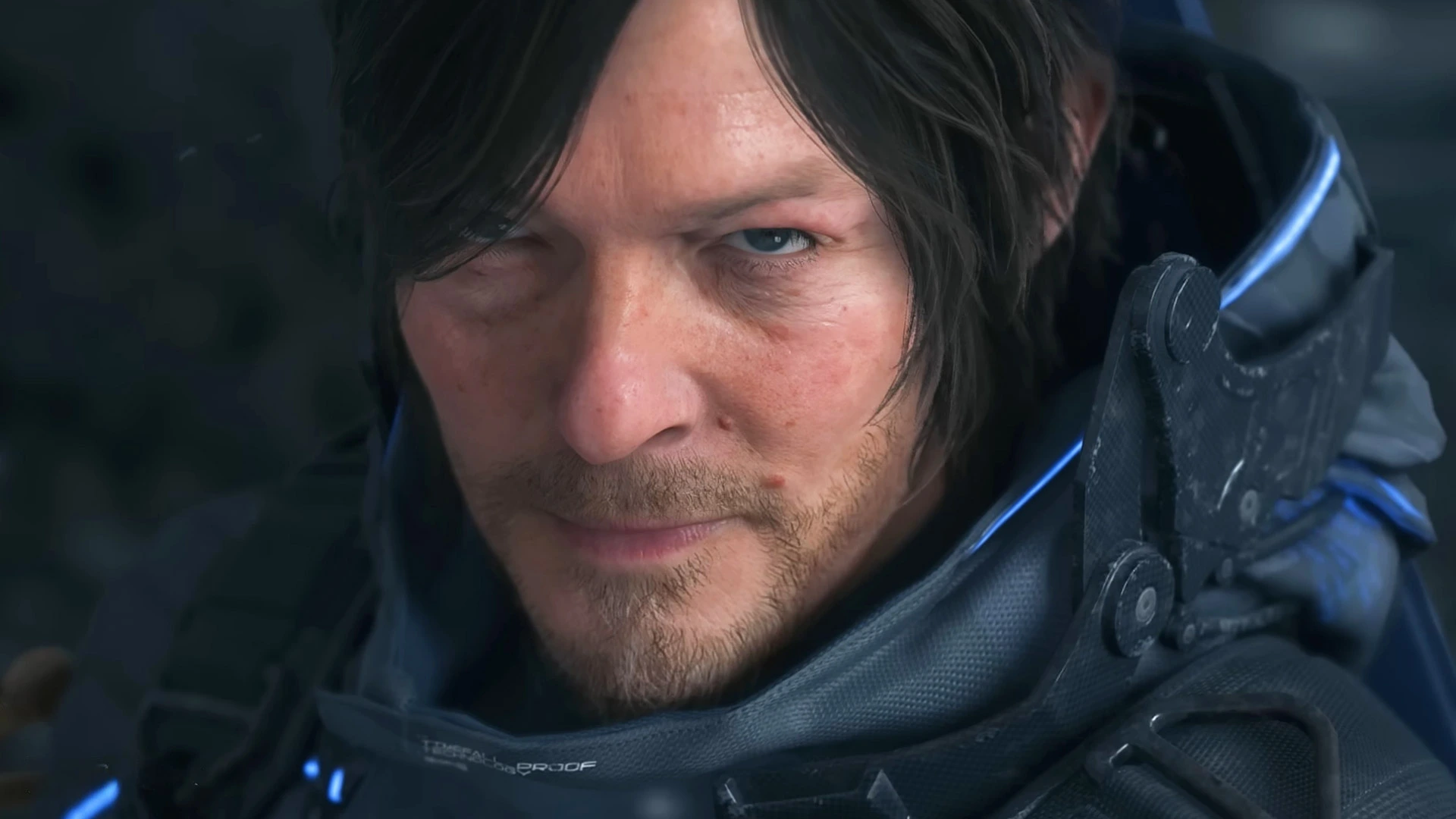In the latest episode of KOJI10, a TBS radio show hosted by legendary game creator Hideo Kojima, new details emerged about why Death Stranding 2: On the Beach is set to launch in June. While the episode’s casual theme centered around a night at a Japanese izakaya, the discussion offered a rare behind-the-scenes look at how major release windows are chosen.
A fan asked why Kojima decided on a summer release rather than a fall one, prompting the developer to clarify that he doesn’t have full control over the timing. According to him, decisions around launch dates are made early in the development process and take multiple factors into account, including budget planning and other companies’ release schedules.
Avoiding Calendar Clashes with Big Titles
Kojima emphasized that a major reason for the summer launch was to avoid overlapping with other high-profile games planned for later in the year. He mentioned that Sony, the game’s publisher, already has a packed lineup. Although no specific games were named during the podcast, it’s easy to spot potential conflicts.
For instance, Ghost of Yotei — a highly anticipated sequel to Ghost of Tsushima — is expected to release on October 2. Additionally, Konami’s Metal Gear Solid Delta: Snake Eater remake is arriving on August 28, which could have created direct competition. Even Borderlands 4 had its release shifted to September 12, further crowding the fall schedule.
These overlapping windows could have affected Death Stranding 2’s visibility and player engagement, particularly in the Western market where October and November are known to be strong months for game sales. Kojima noted that he initially wanted a release around that time — historically aligning with past titles of his — but the sheer volume of major titles changed that plan.
Planning to Stay Ahead of the Curve
Kojima stressed the importance of finalizing a date well in advance, stating that if the game were even slightly delayed, it could quickly find itself up against massive competitors. He referenced a scenario where, hypothetically, a sudden announcement of something like GTA 6 landing in November would force many studios to instantly shift their own launch dates.
He also pointed out that many single-player experiences — such as Death Stranding 2 — can take players a month or two to complete, so release timing also involves strategic spacing to give each game breathing room.
Marketing Matters and Seasonal Strategies
Another factor Kojima brought up was marketing alignment. Launch timing isn’t just about gameplay or competition — it’s also tied directly to promotional campaigns, which are expensive and carefully timed. A delay could throw off that investment and reduce potential returns.
While fall remains a favored release window, Kojima listed May and June as equally viable months, especially when trying to avoid bottlenecks in the gaming calendar. Interestingly, he suggested that new intellectual properties might benefit from a February launch, since that period often lacks competing blockbusters — unless something like Monster Hunter Wilds is also in the mix.
Strategic Moves Continue in the Industry
The decision to move a game’s release earlier or later is not uncommon. Kojima cited a recent example where Sega shifted Like a Dragon: Pirates in Hawaii forward by a week to avoid colliding with Monster Hunter Wilds, a move that reflects how fluid these timelines can be.
Ultimately, Death Stranding 2: On the Beach is set to arrive in June — not by chance, but by a calculated effort to ensure the game has the best opportunity to thrive in an increasingly competitive market.
